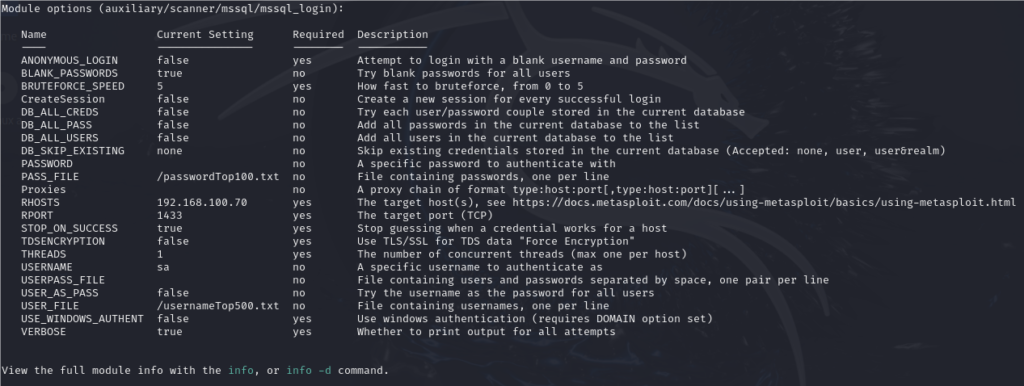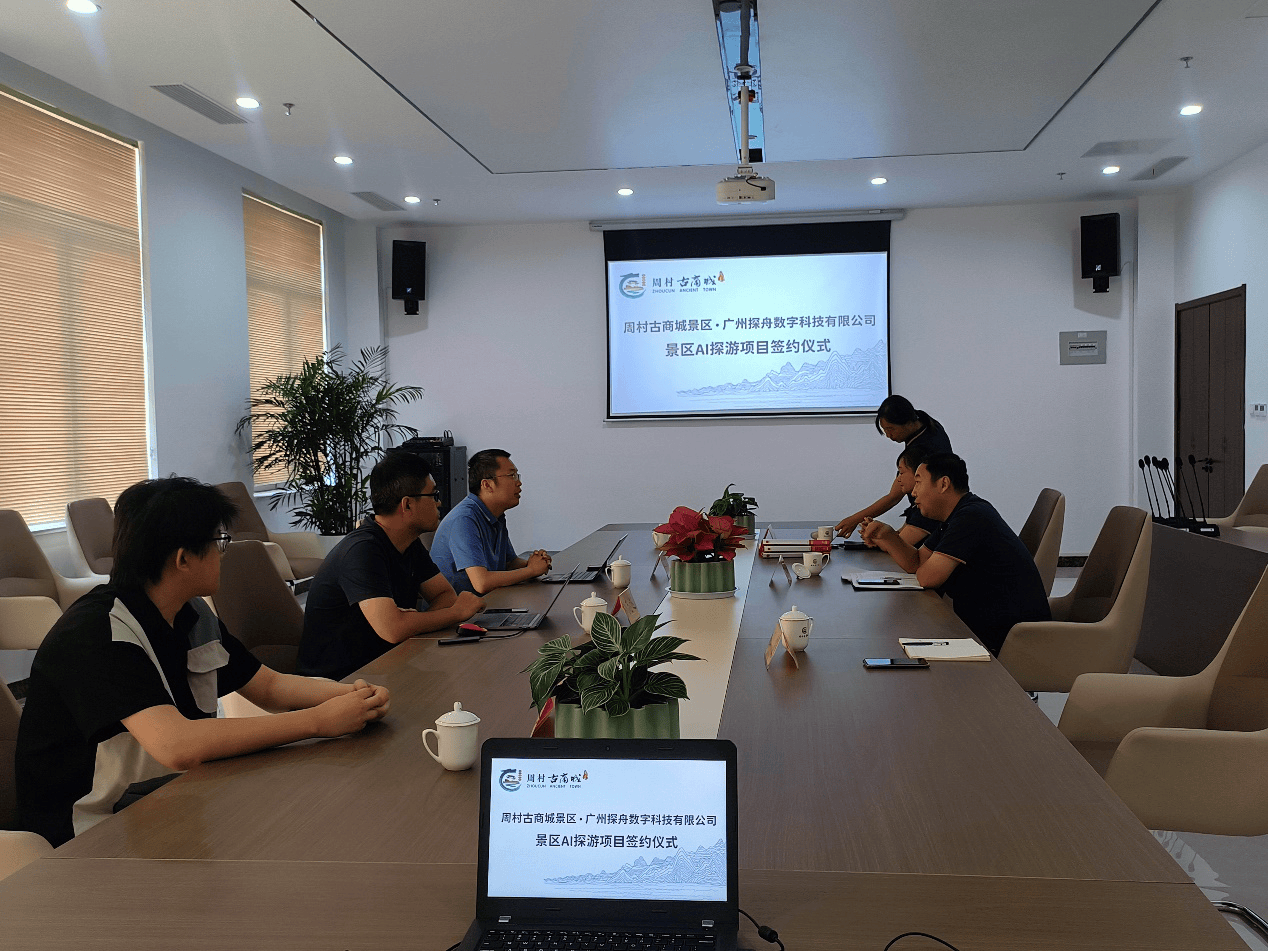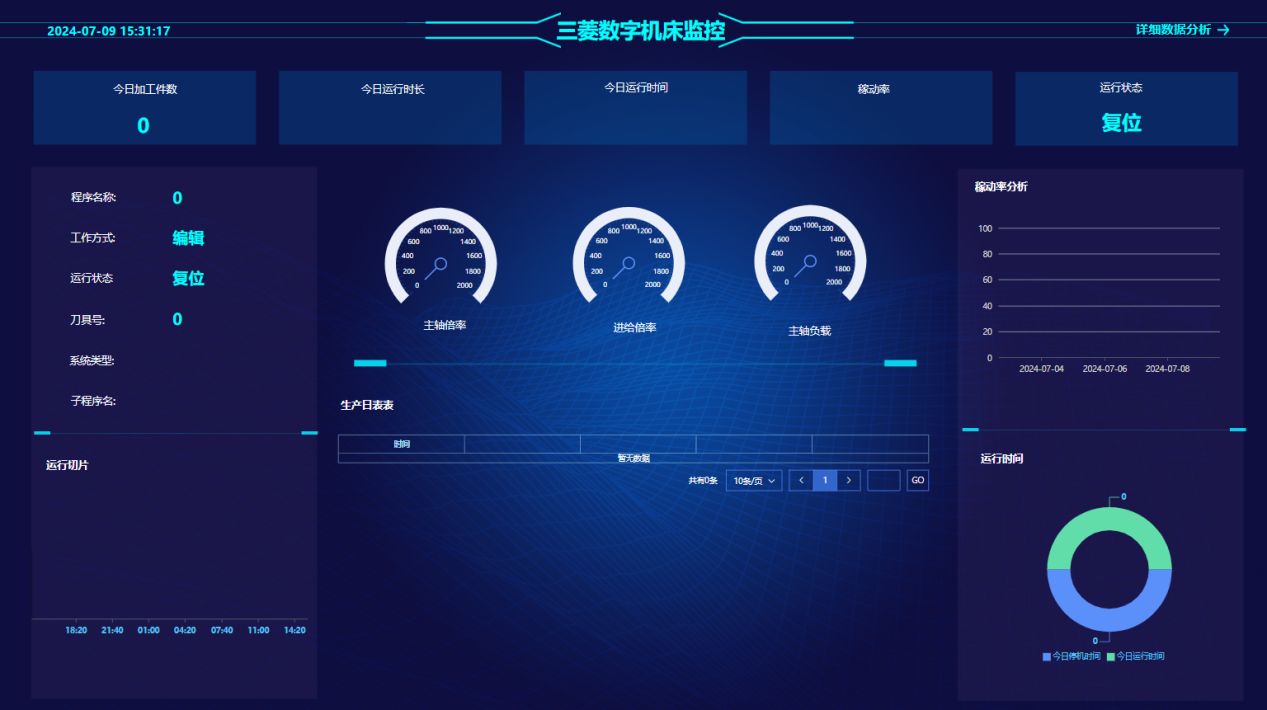安卓部分
我们首先创建一个空项目,我们不需要Activity,所以可以选择NoActivity。

输入一个包名,我们用不到这个主app包名。

项目创建好后,再创建新Module

左边我们选择AndroidLibrary,然后输入包名,这个包名在Unity中需要输入。

然后我们编写两个脚本,一个是Interface,一个是类。
这里要注意,在Unity中我们通过AndroidJavaProxy调用的只能是interface。

两个脚本如下:
package com.lg.mylibrary;
import android.util.Log;
public interface JTestInterface {
void ShowBack(String backmsg);
}
package com.lg.mylibrary;
import android.util.Log;
public class JTest {
public JTestInterface mInterface;
public JTest(JTestInterface callback)
{
mInterface = callback;
}
public void ShowLog() {
mInterface.ShowBack("back , 哈哈");
}
}
然后我们直接Build

生成的arr会在
E:\AndroidProjects\AndroidJFrameWork\mylibrary\build\outputs\aar\mylibrary-debug.aar
这个路径下,我们复制到Unity的Plugins\Android目录下,没有目录自己手动创建。

Unity部分
我们在Unity创建一个AndroidJavaProxy类,用来访问。
using System.Collections;
using System.Collections.Generic;
using UnityEngine;
public class JTest : AndroidJavaProxy
{
AndroidJavaObject javaObject;
public JTest() : base("com.lg.mylibrary.JTestInterface")
{
// We create an instance of the JavaClass in the constructor
// and pass the reference of this class to the JavaClass
javaObject = new AndroidJavaObject("com.lg.mylibrary.JTest", this);
}
// Call the method in the plugin to invoke the callback
public void CallJavaMethod()
{
javaObject.Call("ShowLog");
}
// This method will be invoked from the plugin
public void ShowBack(string xx)
{
Debug.Log("Unity ShowBack 显示LOG :"+xx);
// Pass the result to the C# event that we register to in the UI class
}
}
再来一个脚本实例化这个对象。
using System.Collections;
using System.Collections.Generic;
using UnityEngine;
public class TestShow : MonoBehaviour
{
// Start is called before the first frame update
void Start()
{
JTest t = new JTest();
t.CallJavaMethod();
}
}
我们创建对象放入这个TestShow脚本。然后打包apk,安装。运行结果如下:

Unity通过访问javaObject.Call(“ShowLog”);访问到了安卓的Lib函数,并进行了返回。
到这里就结束了。
顶部有Android和Unity测试工程下载



















